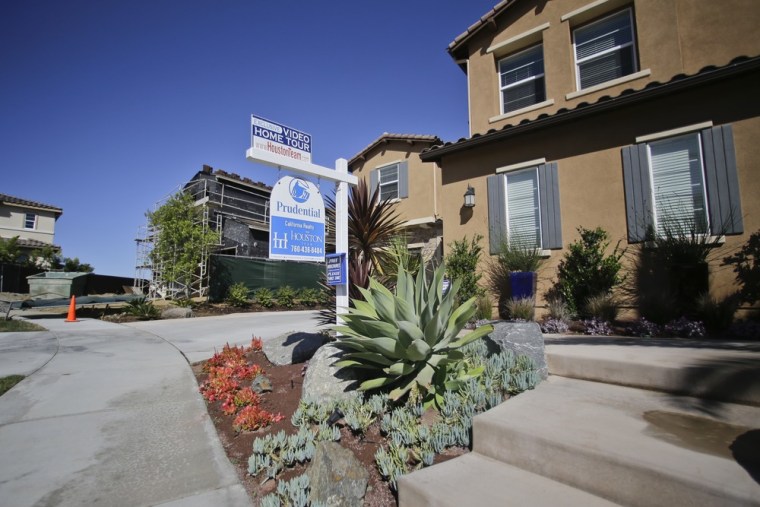
UPDATED 12:34 p.m. EDT -Like many things in the spring, housing supply is supposed to grow. That is because warmer weather and the convenience for families of moving during the summer make spring the busiest home-buying season historically. That is not the case this year.
Home sales have been "stuck," according to Lawrence Yun, chief economist for the National Association of Realtors, because there is just not much out there to buy.
The number of homes listed for sale increased by just 1.6 percent in March from February, according to Realtors, but supplies are still 17 percent below where they were a year ago. Realtors usually see listings swell by about 100,000 in March, but this year they saw just 30,000 more. They are hoping to see 200,000 to 300,000 more in April, but that seems unlikely, given potential seller reaction to the recent fast price appreciation in the market.
"If I am underwater in my equity and now suddenly I'm not, but I'm up 5 percent and the market around me is appreciating 6,7,8,9, 10 percent, why don't I wait and perhaps get a 10 percent return on my investment, not a 5 percent return," noted Richard Smith, CEO of Realogy Holdings.
Inventories are tightest on the low end of the market, where investors came in and bought most of the distressed properties and are now holding them as single-family rentals. There is about a four-month supply of homes priced under $100,000, while there is around a twelve-month supply of homes priced over $500,000. That's why sales of those low-end homes are down 16 percent from a year ago, and sales of higher-end homes are up 25 percent, according to the Realtors.
"The housing shortage is going to continue," claimed Yun, who says the builders need to ramp up housing starts by 50 percent. He admits that is unlikely to happen due to land, labor and supply constraints.
Weak supplies are pushing home prices up far faster than wage growth, which is keeping first-time buyers especially on the sidelines. These buyers made up just 30 percent of the market in March, compared to the historical norm of 40-45 percent. They just can't compete with all cash investors.
But if prices get too high, investors could leave the market. Their share was already down in March to 19 percent compared to 22 percent just one month ago. The danger is that they will start to unload the homes they own, which would bring much-needed supply back but which could also turn home prices in the other direction.